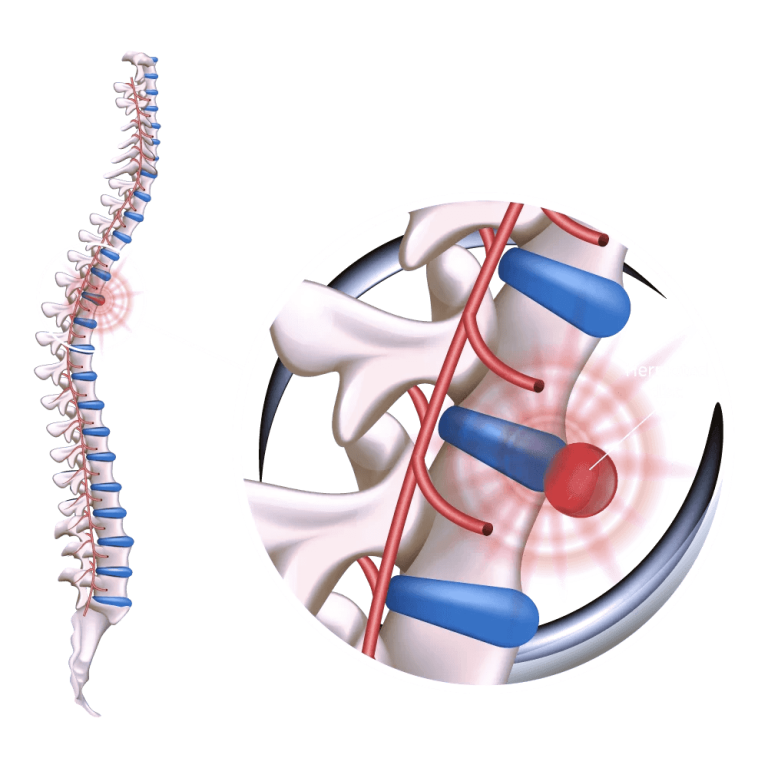The Safety and Benefits of Home Birth: A Personal Journey
When it comes to bringing a new life into the world, the environment and experience matter immensely. Having both of my daughters at home was not just a choice but a profoundly personal journey that allowed me to be in my own space, savor the comfort of my bed afterward, and avoid unnecessary medical interventions. Let’s dive into the safety and benefits of home birth, reflecting on why it might just be the perfect choice for some families.
Why Consider a Home Birth?
For many, the thought of giving birth at home can be daunting. However, it’s essential to weigh the benefits and consider the deeply personal aspects that make home births an increasingly popular choice.
1. Comfort in Your Own Space
One of the most significant advantages of a home birth is the comfort of being in your own space. Hospitals can be intimidating and clinical, which may not be conducive to a relaxed birthing process. At home, you’re surrounded by familiar sights, sounds, and smells, which can help you feel more at ease and in control. Personally, I cherished the ability to move freely in my own home, laboring in whatever position felt right without the constraints of a hospital room.

2. Immediate Bonding and Comfort Post-Birth
After giving birth, there’s nothing quite like the feeling of crawling into your own bed with your newborn. This immediate transition to a familiar, cozy environment can be incredibly soothing for both mother and baby. With my daughters, those first moments at home, nestled in my own bed, were magical. There were no bright hospital lights or interruptions—just pure, uninterrupted bonding time.

3. Personalized Experience and Reduced Interventions
Home births often involve a more personalized birthing experience. With the support of a skilled midwife, you can craft the birth plan that aligns with your values and desires. In my case, having a midwife who respected my wishes and provided unwavering support was invaluable. This personalized care reduces the likelihood of unnecessary interventions, such as induced labor or C-sections, which can sometimes lead to further complications.

Addressing Safety Concerns
Safety is a primary concern for any expectant parent. So, let’s address the elephant in the room: Are home births safe?
1. Understanding the Risks and Benefits
Research shows that home births can be just as safe as hospital births for low-risk pregnancies. According to a study published in the Journal of Midwifery & Women’s Health, planned home births attended by certified professional midwives have similar perinatal outcomes to low-risk hospital births. However, it’s crucial to work with a qualified healthcare provider who can identify and manage risks appropriately.
2. Emergency Preparedness
One key aspect of home birth safety is having a solid emergency plan in place. This includes having access to a hospital and transportation should the need arise. My midwife ensured we had a well-thought-out plan, which gave me peace of mind throughout the process.
3. Informed Decision-Making
Choosing a home birth should be an informed decision. Understanding the potential risks and benefits, consulting with healthcare providers, and having a thorough prenatal assessment are all critical steps. For me, the decision was grounded in thorough research, consultations, and a deep trust in my midwife’s expertise.
The Empowering Nature of Home Birth
Beyond the physical aspects, home births offer a profound sense of empowerment. Being in control of your birthing environment and having a say in every decision fosters a sense of strength and autonomy. For many women, this empowerment can lead to a more positive birthing experience.
1. Emotional and Psychological Benefits
Giving birth at home can significantly reduce stress and anxiety. The familiar surroundings, coupled with the presence of loved ones, create a supportive and calming atmosphere. I found that being at home, surrounded by my partner and midwife, allowed me to focus inward, trusting my body and instincts.
2. Creating a Birth Plan That Reflects Your Values
A home birth allows for a birth plan that truly reflects your personal values and preferences. Whether it’s the choice of birthing positions, the use of water birth, or having siblings present, you have the freedom to tailor the experience to your needs. My birth plan included a water birth, which was a soothing and natural way for me to labor and deliver.
Conclusion
Choosing a home birth is a deeply personal decision that offers numerous benefits, from the comfort of your own space to reduced medical interventions and a more empowering birthing experience. While it’s essential to ensure safety through proper planning and professional support, the rewards of a home birth can be profoundly fulfilling.
For those considering this path, I encourage you to explore the options, consult with experienced professionals, and trust in your body’s natural ability to bring new life into the world. For me, the journey of home birth was one of the most empowering and cherished experiences of my life, and it might just be the perfect choice for you too.
FAQs
1. Is home birth safe for everyone? Home birth is generally safe for low-risk pregnancies. It’s important to have thorough prenatal assessments and work with a qualified midwife or healthcare provider.
2. What are the main benefits of home birth? The main benefits include the comfort of being in your own home, reduced medical interventions, personalized care, and a more empowering birthing experience.
3. What should I consider before choosing a home birth? Consider your health, consult with healthcare professionals, ensure you have a solid emergency plan, and feel confident in your decision and support team.
4. How can I ensure a safe home birth? Work with a qualified midwife, have a thorough prenatal assessment, and create an emergency plan for hospital transfer if needed.
5. What if complications arise during a home birth? A qualified midwife will be able to identify and manage complications. Having an emergency plan in place is crucial for transferring to a hospital if necessary.










